27 Amazing Places To Visit In North East India This Year
The North East has so much to offer and any list of places or best spots to visit will always remain incomplete no matter how many are made. The area is perfect for every kind of trip. Form treks to pilgrimages to nature walks to adventure to music to culture to cuisine and leisure, name it and you’ll find more than one spot in either of the 8 states to carry out your preferred experience. The Northeast still remains a relative mystery and offers unparalleled experiences that will lift your spirit and revitalize your soul.
We have compiled a list of 27 places in the North East, which includes 3 places from each of the 8 North Eastern states, and three additional places in Sikkim. Read on!
1. Tawang (Arunachal Pradesh)
The smallest of the 16 districts in Arunachal Pradesh, Tawang is one of the most scenic places in the entire state. The Tawang Monastery situated here belongs to the Gelugpa sect and is the largest Buddhist monastery in India. It is a major tourist attraction bordered by Tibet in the North, Bhutan in the South-West and Sela ranges separate West Kameng district in the East. Elevations range between 6,000 to 22,000 feet (6,700 m), and inhabitants are found at lower altitude, where they enjoy a cool temperate climate.
Tawang is both historically and naturally endowed. It is located at a distance of 183 km from Bomdila and is situated at an altitude of 3500 meters above sea level. The natural beauty and solitude of Gupdi and Chong-Chugmi ranges, Tawang Chu River and Tawang valley are extremely mesmerizing.
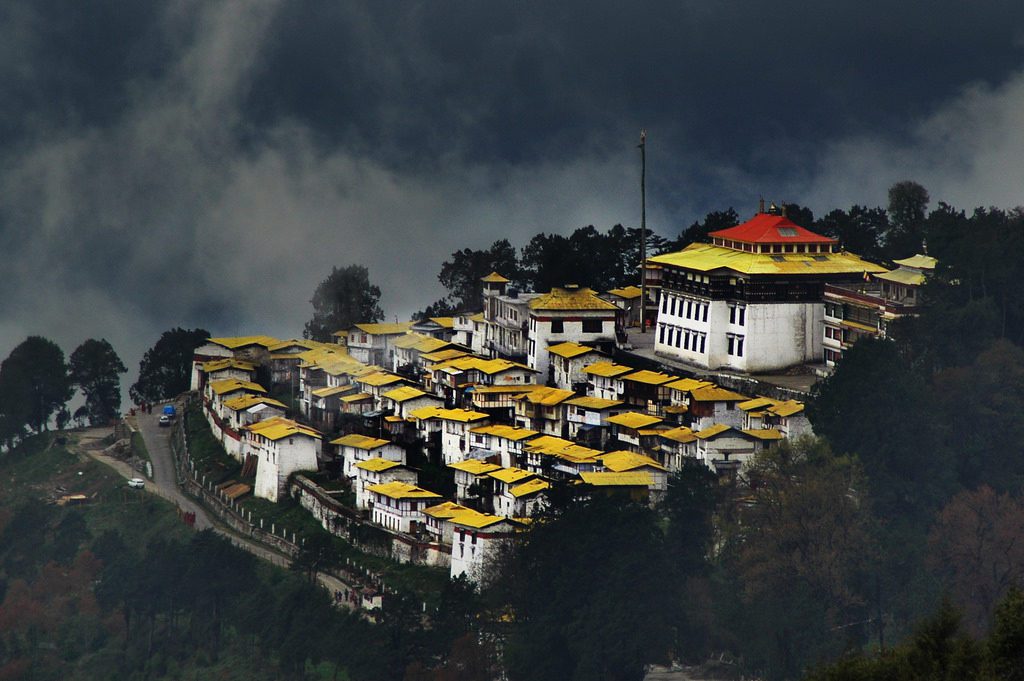
Image Source: Anoop Negi (Flickr)
2. Sela Pass (Arunachal Pradesh)
Sela Pass is one of the most visited destinations in Arunachal Pradesh and is believed to be a nature lover’s paradise on earth. Sela Pass in winters remains completely covered with snow. The visitors can also see another beautiful spot before reaching this pass, known as the Paradise Lake. The pass is noticeably more beautiful than any other pass in the region. Tourists enjoy the ride to the pass as the road winds through the rough yet scenic terrain of the Middle and Great Himalayas.
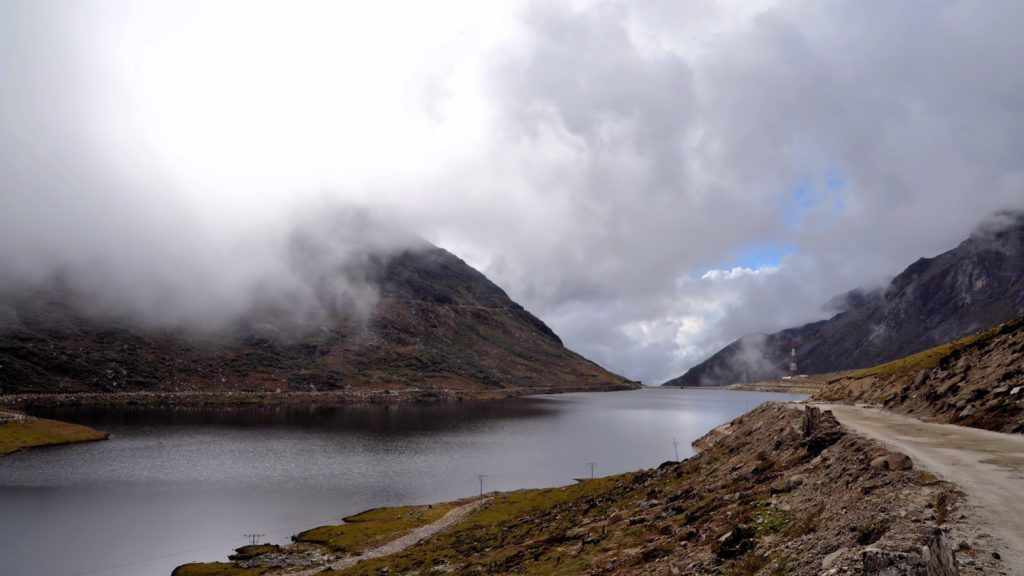
Image Source: Biswajeet Dey (Flickr)
3. Ziro (Arunachal Pradesh)
The home of Ziro Music Festival this quaint valley town is full of little surprises and joy. It is famous for the alpine vegetation and gentle slopes covered with paddy fields. Ziro is a perfect spot for a chilled vacation, one can get a taste of rural life here and revel in the cold weather that prevails most of the year.
Talley Valley Wildlife Sanctuary covers 337 sq. km. of land and it is one of the leading attractions of Ziro. The sanctuary is home to various endangered species. The beautiful forests that enjoy a much less human intervention have a wide range of flora and fauna. Silver fir trees, orchids, stunning ranges of bamboo and ferns are some of the trees found here.
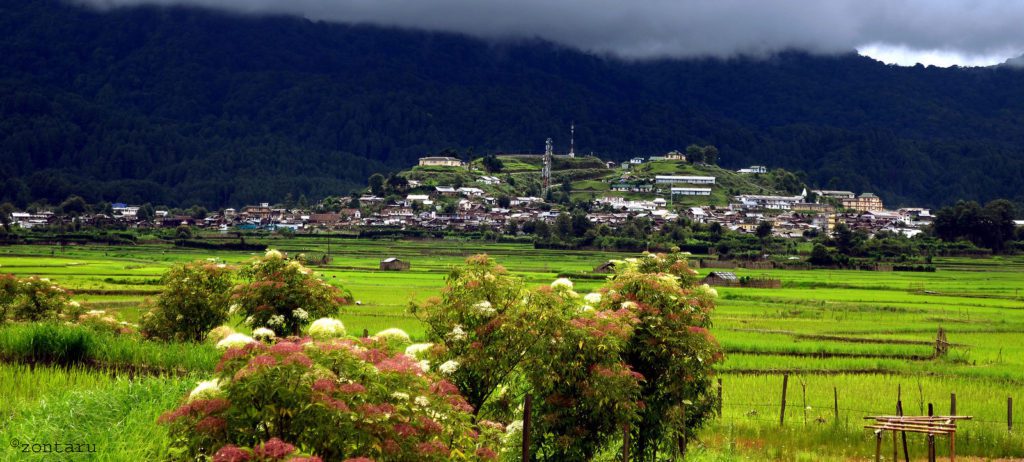
Image Source: John Taru Habung (Flickr)
4. Majuli (Assam)
Majuli in Assam is the largest river island in the world and it is also the first island district of the country. The island is formed by the Brahmaputra in the south and the Kherkutia Xuti, an anabranch of the Brahmaputra, joined by the Subansiri River in the north. Majuli island is accessible by ferries from the city of Jorhat. The island lies 300 kilometers to the east of Guwahati. It was formed due to course changes by the river Brahmaputra and its tributaries, mainly the Lohit River.
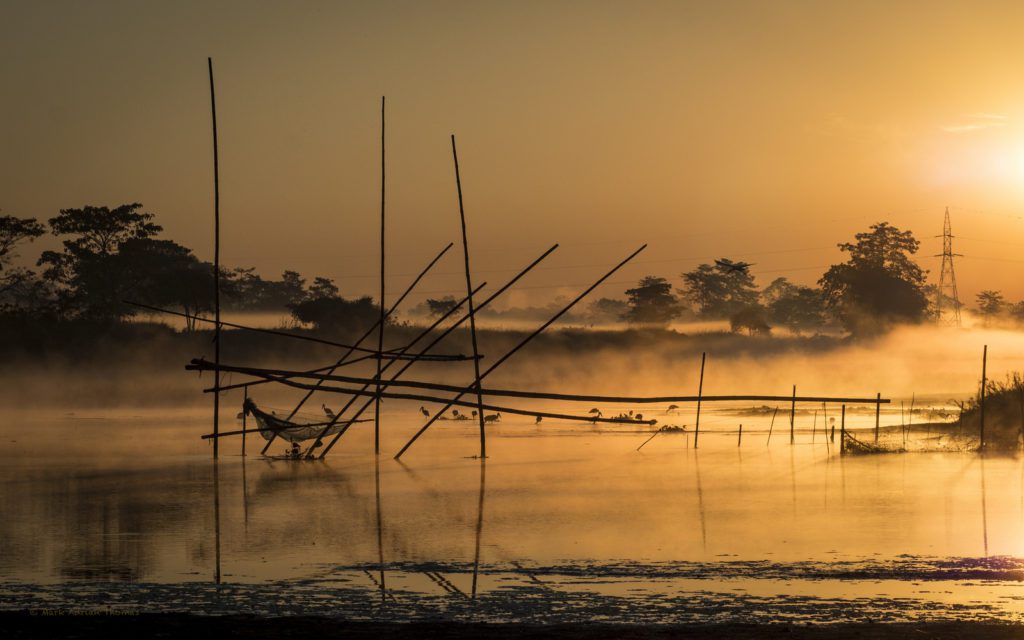
Image Source: Foxbat7979 (Flickr)
5. Kaziranga National Park (Assam)
The home to the largest number of the Indian One Horned Rhinoceros Kaziranga National Park in Assam is one of the most beautiful national parks in India. The best way to spot rhinos is on an elephant safari. The park also hosts a wide variety of deer, wild hogs, and migratory birds. The park’s success story in protecting the rhinos is very well-known, and due to the efforts of the authorities, the number of rhinos has been significantly increasing. The park has some of the best eco-tourism resorts, which provide a taste of Assamese lifestyle and culture.
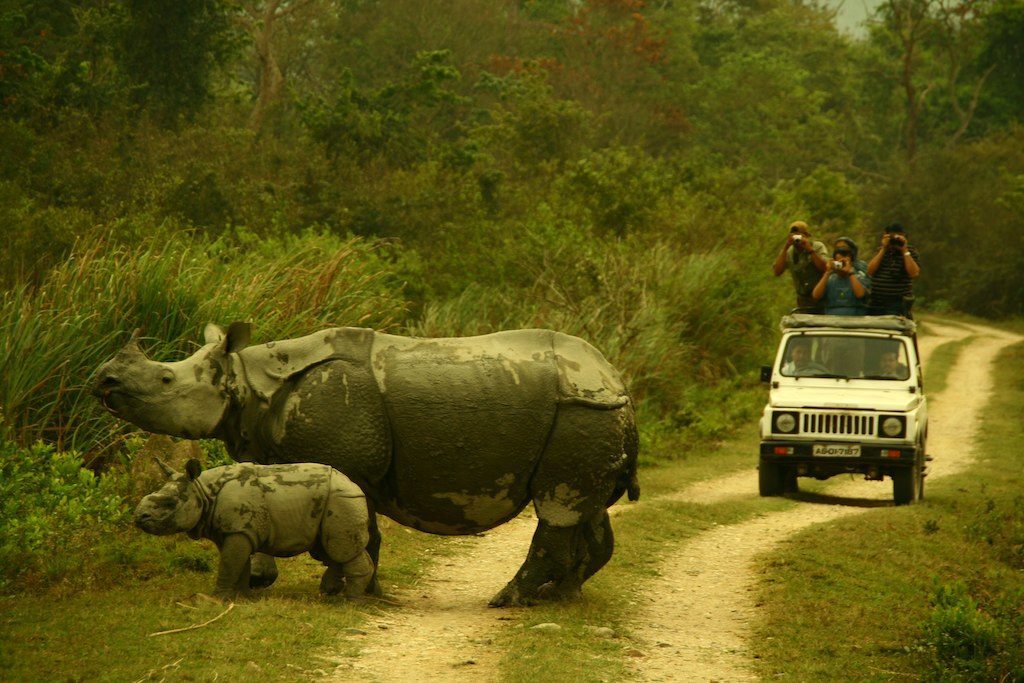
Image Source: johnaldrich (Flickr)
6. Jatinga (Assam)
Jatinga is a small village located in Assam. The village is covered with lush green vegetation and surrounded by serene mountains, but that’s not what it’s famous for. Jatinga is known for an entirely different reason – its Bird Mystery. The Bird Mystery is a unique phenomenon that occurs at Jatinga between September and November each year. During these late monsoon months, several migratory and local birds commit mass suicide at the village. Just after sunset, between 6 and 9 pm, hundreds of birds descend from the sky, plummeting to their deaths by crashing into buildings and trees. For many years, locals believed that evil spirits living in the skies were responsible for bringing down the birds. Of course, this is not true. After several scientific studies and experiments, it has been concluded that the birds are generally disoriented by the monsoon fog which makes them dive to their deaths.
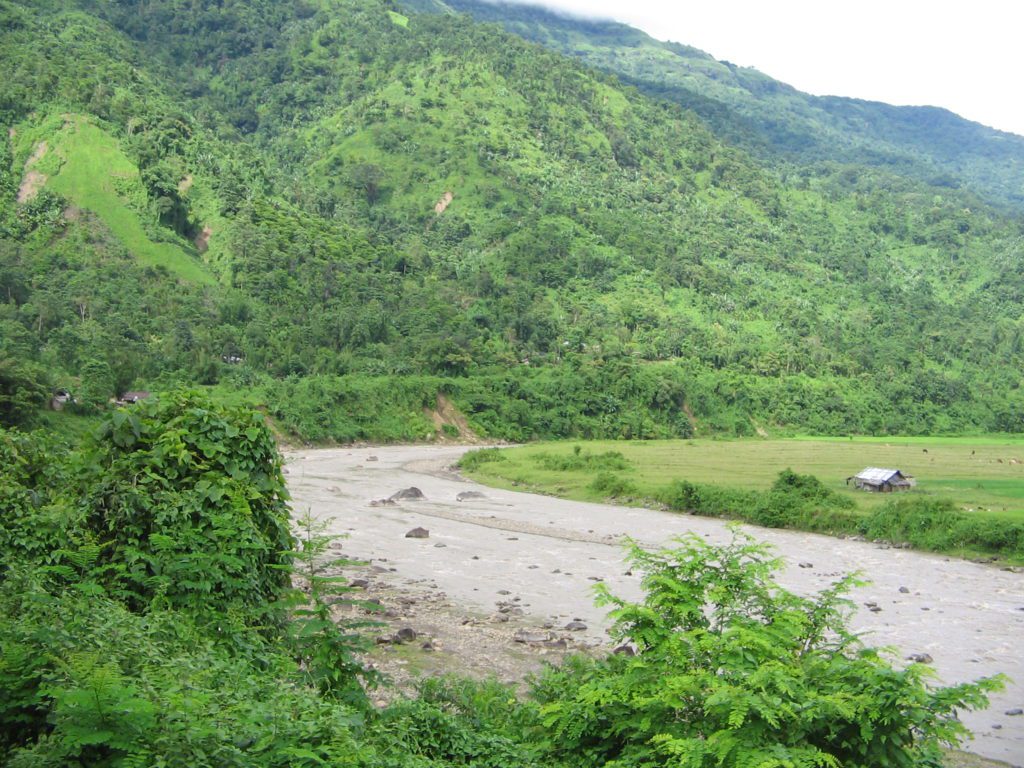
Image Source: Suvro Ghosh (Flickr)
7. Guwahati (Assam)
The former capital of Assam, Guwahati is situated on the banks of the Brahmaputra. The city is one of the most important trade and commerce centers in the northeast as it connects the rest of the area with the country’s mainland. When you are in Guwahati you must not miss visiting the Kamakhya Devi Temple which is known for the tantric rituals and sacrifices carried out to appease the deity. The River Brahmautpra’s basin covers a large area of the city and it often brings devastating floods. We’d advise you to not visit Guwahati during the monsoons.
Image Source: Michael Foley (Flickr)
8. Loktak Lake (Manipur)
Loktak Lake is the largest freshwater lake in Northeast India. This iconic lake, located in Manipur’s Bishnupur district, at a distance of 53 km from Imphal, is known for its circular floating swamps (called phumdis). The term phumdis refers to a collection of a heterogeneous mass of vegetation, soil, and organic matter at various stages of decomposition. Resembling miniature islands, these phumdis are found in various forms, floating on the lake. The lake is home to 233 species of aquatic plants, more than 100 species of birds, and 425 species of animals, including the Indian python and sambhar.
Image Source: Nirmal Deka Boruah (Flickr)
9. Ukhrul (Manipur)
Ukhrul is a stunning district in the state of Manipur. It is well known for the natural beauty of its landscape and the varying shades of green across the hills and valleys. This place is not just visually appealing but is also a place where one can find true peace of mind. Amidst the hills and lakes, one can truly feel the calmness and beauty of nature. A natural paradise, it is a place which every nature lover must visit at least once in their lifetime. The Nilai Tea Estate, Kachoupong Lake, and Khangkhui Cave are some of the many pristine natural wonders that are situated in Ukhrul.

Image Source: Chipems (Flickr)
10. Shillong (Meghalaya)
Dubbed as “India’s Rock Capital” Shillong sits amidst the Khasi hills of Meghalaya. The town is spread over the gentle hills and is also known as “The Abode of Clouds”. It was the erstwhile capital of undivided Assam up to 1972. Most of the population in Shillong belongs to Khasi tribe, who are predominantly Christian. An interesting aspect of the Khasi culture is that they are a matrilineal society – the mother is head of the family, the youngest daughter is given all the property and the mother’s surname is passed on to the children.
In the early 1960’s the Umiam River, 15 km north of Shillong, was cordoned off to form a reservoir which covers an area of 220 square km. The lake serves as a major tourist attraction for the state of Meghalaya. It is also a popular destination for water sport and adventure facilities. Apart from storing water for electricity generation, the lake also provides numerous ecosystem services at micro, miso, and macro levels.
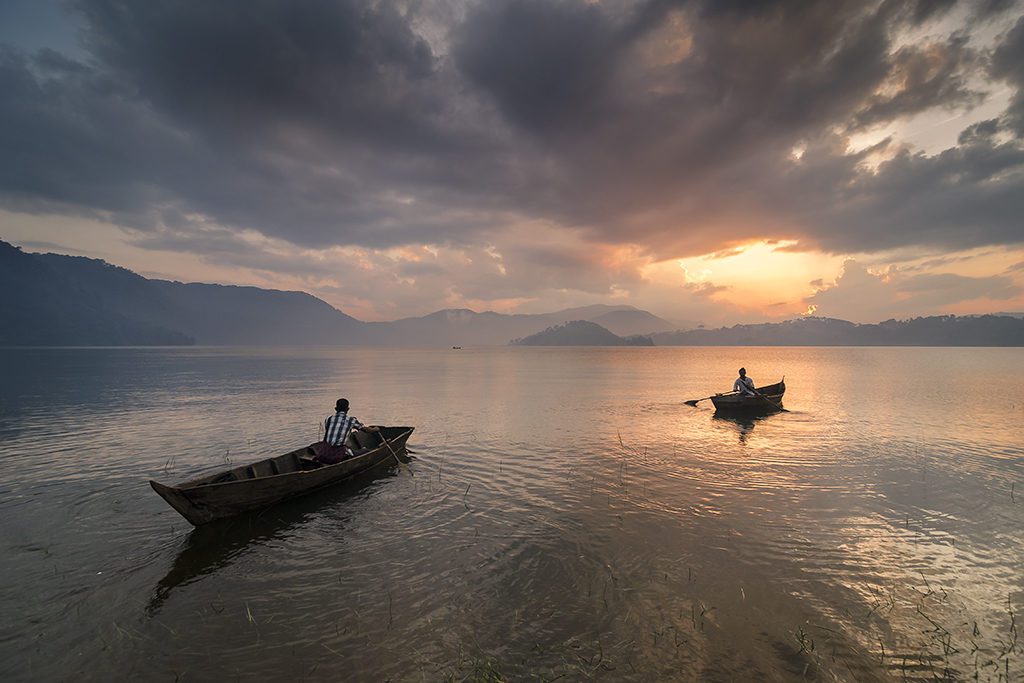
Image Source: Dinesh babu (Flickr)
11. Mawlynnog (Meghalaya)
Mawlynnog, a community based eco-tourism initiative situated about 90 km from Shillong. It won the acclaim if being the cleanest village in Asia in 2003, and it was declared as the cleanest village in India in 2003. The village community has made a collective effort to maintain the ambiance of an ultra-clean village. The village is extremely pretty, especially in the monsoons when there is a lush green cover all around, with waterfalls paving the way to small streams and abundance of flowering orchids dangling from the trees and hedges add to the beauty of the village. It is a small village which can be covered by foot, once will be just not enough and one would more than willingly take multiple strolls along the streets and footpaths across the village.
![]()
Image Source: Saravanan Dhandapani (Flickr)
12. Living Root Bridges (Meghalaya)
Living root bridges are a form of tree shaping common in the southern part of the Northeast Indian state of Meghalaya. They are handmade from the aerial roots of Rubber Trees by the people of the mountainous terrain along the West Jaintia Hills district and East Khasi Hills district. At over 50 meters in length, the longest known living root bridge is near the small Khasi town of Pynursla. The local Khasi people do not know when or how this tradition of living root bridges started. The earliest written record of Cherrapunji’s living root bridges is by Lieutenant H Yule, who expressed astonishment about them in the Journal of the Asiatic Society of Bengal (1844).
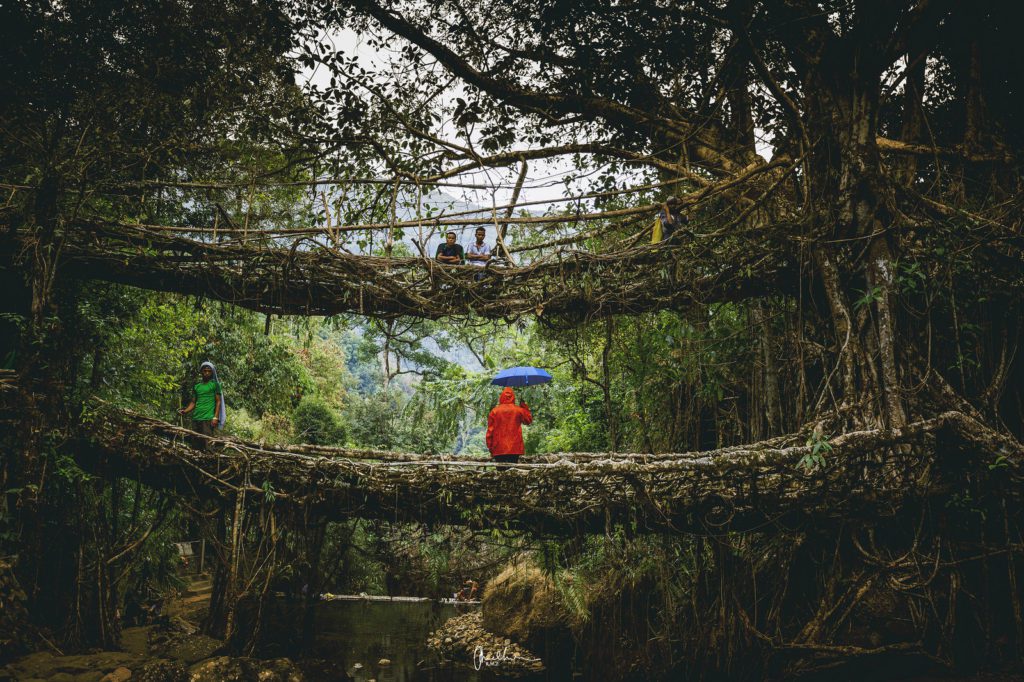
Image Source: Robins Mathew (Flickr)
13. Cherrapunji (Meghalaya)
Cherrapunji in the East Khasi hills was known as the wettest place in the planet for several years before this record was claimed by the nearby city of Mawsynram. Mountains and valleys around Cherrapunji are covered by lush green forests and a diverse vegetation. One can also see a number of interesting living root bridges here that include the Umshiang, Mawsaw and Ritymmen root bridges. Two of the most beautiful waterfalls of the country -Nohkalikai Falls and the Seven Sisters Falls are located in Cherrapunji. Another popular destination near Cherrapunji is the Mawsmai Caves which are the only limestone caves in Meghalaya lit enough for tourists to enjoy the natural formations.
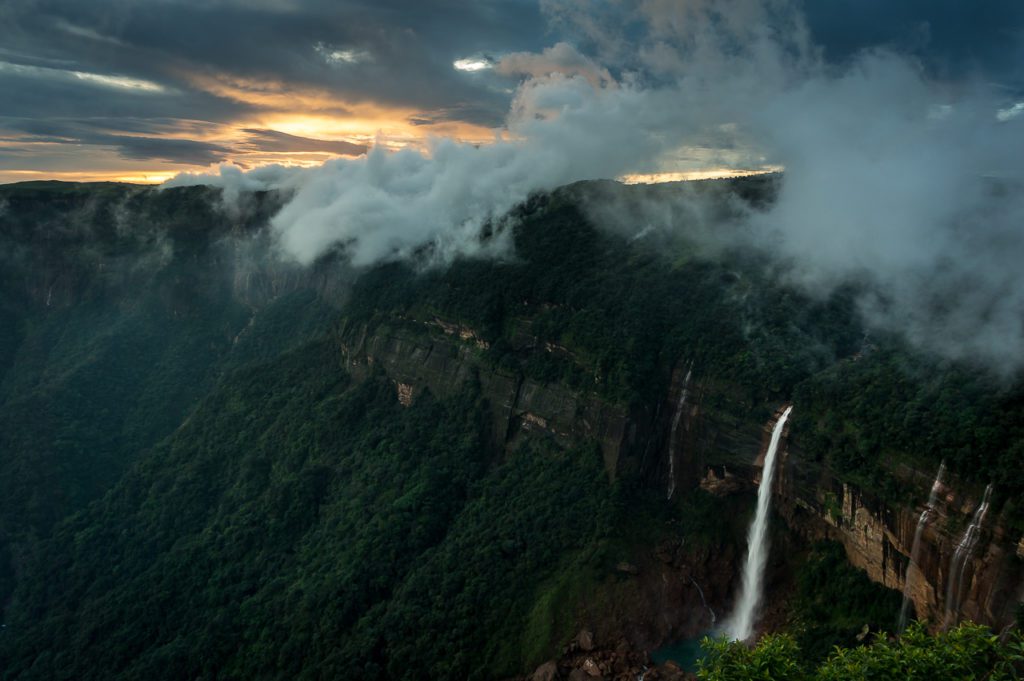
Image Source: Gaurav Singh (Flickr)
14. Umngot River – Dwaki (Meghalaya)
The place where boasts seem to be flying in the thin air. Umngot River in Meghalaya is one of the most pristine and beautiful rivers in the world. The crystal clear waters are not only a delight to the eyes but also to the soul. You can hire boats and have an experience that is unparalleled in the entire world.
Image Source: Suman Raju (Flickr)
15. Aizwal (Mizoram)
The capital city of the state of Mizoram, Aizwal was set up in 1871-72 by British troops that fought against the rebellious conduct of the then Mizo Chief Khalkom. Aizwal has since then been the heart of Mizoram and it connects the entire state and is the hub of all business and administration in the state, it is home to 25% of the population of Mizoram. Situated on a ridge the city looks over the Tawang River and the Tuirial valley to the west and east respectively. The pristine landscape of the city can be viewed from the Durtlang Hills which is situated on the northern side of the city. Take your cameras and head to this charming hill station for a taste of Mizo life.
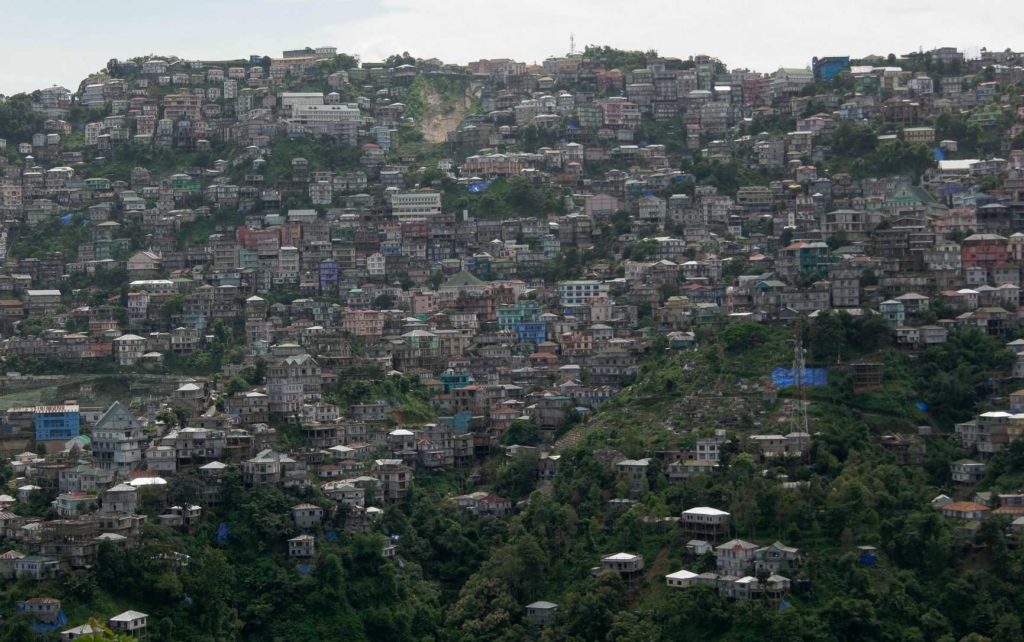
Image Source: Romain (Flickr)
16. Reiek Heritage Village (Mizoram)
Situated 29 km from Aizwal, Reiek Heritage Village is a typical Mizo village with distinctive Mizo huts of the different sub-tribes of Mizoram. These huts are fully furnished and give the visitors a sneak peek into the glorious past of the mighty Mizo people. Some modern Mizo houses have also been built here to provide a contrast and an insight into the changes that have occurred over time in the lifestyle of the Mizo people and how they have tried to keep up with the evolving trends in the modern day! The forests in hills of Reiek are home to a mesmerizing variety of hill birds and an ornithologists’ paradise, one might even spot the rare PeregrineFalcon perched on a lofty ledge or swooping on cliff swallows.
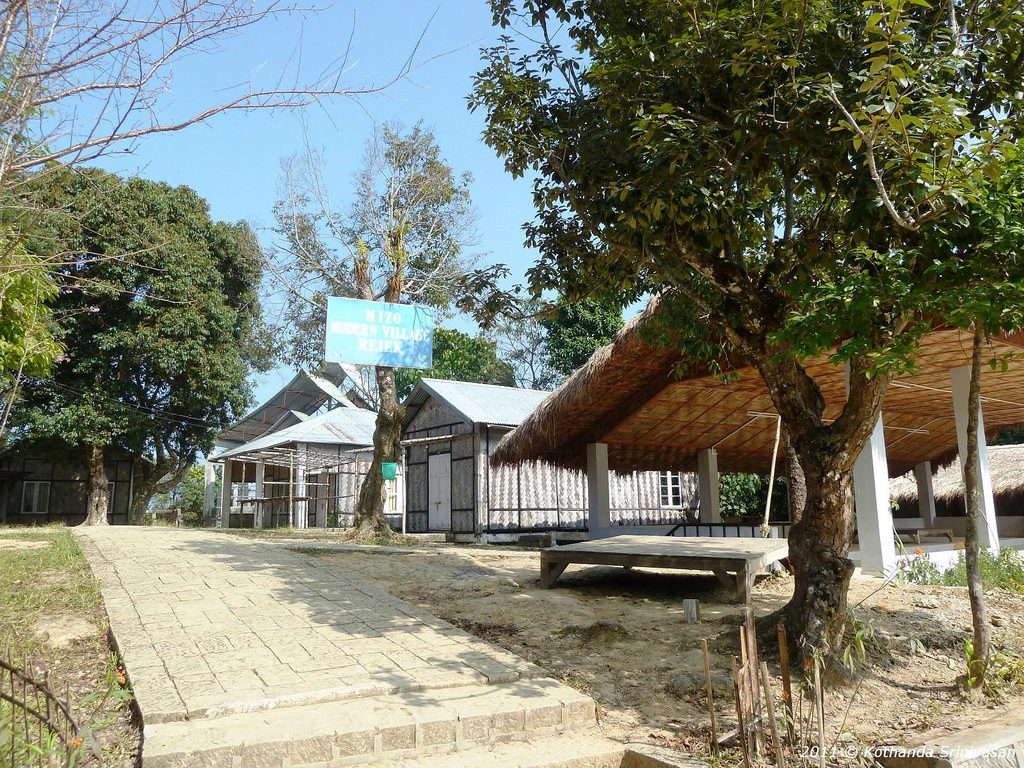
Image Source: ks_bluechip (Flickr)
17. Serchhip (Mizoram)
The district of Serchhip in central Mizoram is a favorite for nature lovers and tourists alike. The natural landscape of Serchhip provides everything that a nature lover needs and makes tourists fall in love with Mother Nature. Situated between the rivers Mat and Tuikum, this collection of villages forms one of the most beautiful towns in the entire state. The district also harbors the spectacular Vantawng waterfall, which translates to “waterfall reaching the Heavens”. Paragliding is the newest sport and visitors flock to Serrchip to paraglide over the pristine hills surrounded by the two rivers.
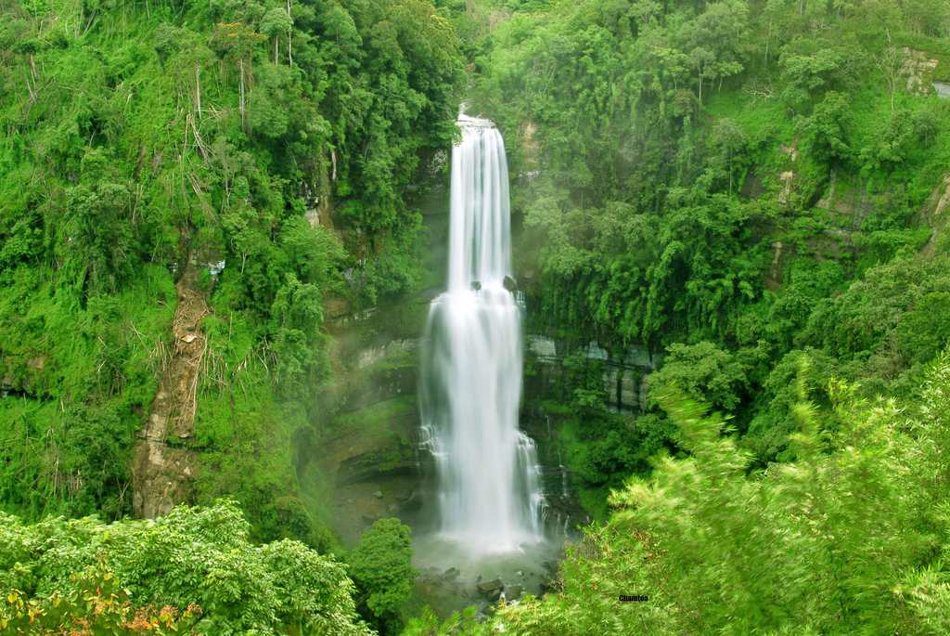
Image Source: Vantawng Waterfall (Flickr)
18. Dzükou Valley (Nagaland)
The Dzükou Valley is situated at 2438 meters above sea level, behind the Japfu range in Nagaland. Usually, between the months of June and September, the entire valley is covered with a blanket of exotic looking wildflowers. The Dzükou Valley is one of the most ideal places for trekking and nature aficionados. The Dzükou Valley is just 30 km away from Kohima, the capital city of Nagaland. The swirling stream that rushes down the valley in Dzükou freezes during extreme winter. The valley is surrounded by hills, natural caves & rocks and is ideal for camping. Despite the difficult terrain and non-availability of basic amenities, Dzükou is one of the most frequented trekking holiday spots in the entire North East India. Its emerald green rolling hills interlinked with gentle flowing streams have captivated the trekker’s fancy since time immemorial.
Image Source: Chandrajit Bhattacharjee (Flickr)
19. Mokokchung (Nagaland)
Mokokchung town is one of the most important urban hubs in Nagaland. It takes around six hours to get there from the Nagaland capital, Kohima. The place is home to the Ao tribe, which holds their celebratory Moatsu Festival during the first week of May each year. To catch the festival one can head to Chuchuyimlang village, an hour and a half drive from Mokokchung town. The location of this village, high on a hill, is its best feature. Each house in the village looks out on to an unending lush chain of hills, which change color with the rising sun. There is no other place in the entire North East which experiences such a beautiful natural phenomenon.
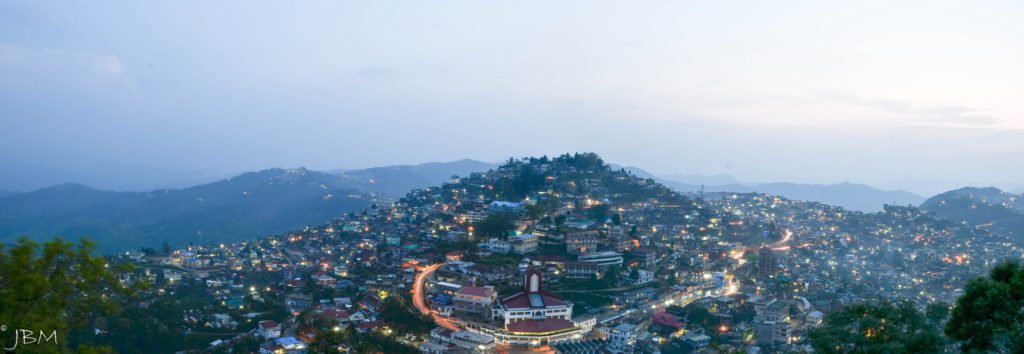
Image Source: Josh Cork (Flickr)
20. Kisama Heritage Village (Nagaland)
Kisama Heritage Village is perhaps the only one of its kind in Nagaland. Located on the foothills of evergreen hills, the exquisiteness of this village is increased by various varieties of flora surrounding it. With a heritage which is very different from any other in the country, a trip to Nagaland is about the experience one can have from learning its unique culture. Kisama HeritageVillage harbors traditional houses with thatched roofs and intricate carvings of marvelous designs on the wooden walls will take you to a realm in a different era. Sixteen different houses, which are also known as Morungs, are designed and made according to the style of each of the 16 communities of Nagaland. This huge heritage complex has a museum which houses artifacts from World War II, a traditional hall made of bamboo, food court and the stadium which is the site of the famous Hornbill Festival.
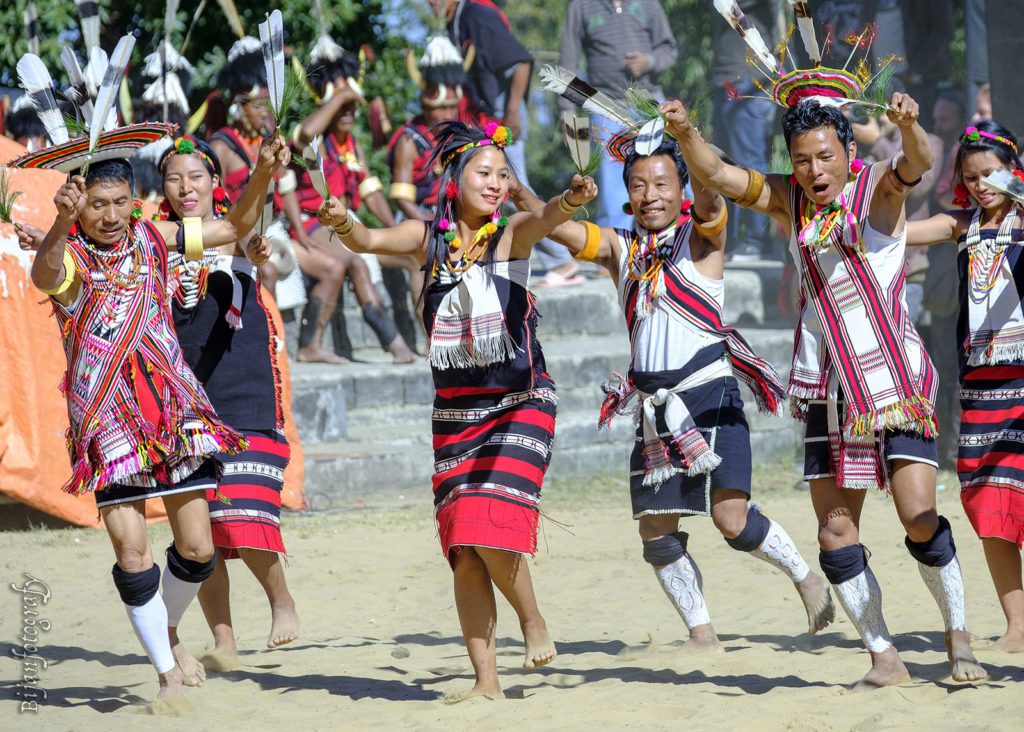
Image Source: Bijan Choudhury (Flickr)
21. Agartala (Tripura)
The capital of Tripura, Agartala has had a very long and majestic history. Nestled on the banks of river Haora this city enchants visitors with its historicity and grandeur. The Ujjayanta palace of the kings of Tripura was converted to the state legislative assembly & now is a museum, situated in the area of Palace Compound is one of the eye-catching attraction in the state. It is the former royal palace of Agartala, and also served as the meeting place of the Tripura Legislative Assembly until 2011. Ujjayanta Palace is the biggest tourist attraction of Agartala, and tours are conducted by the Tripura Tourism Department. Maharaja Bir Bikram was the last king of Tripura who ruled the state and was also the last king who stayed in his house in the palace. Tripura’s rich cultural heritage is visible in the historical architecture that is visible around the state.
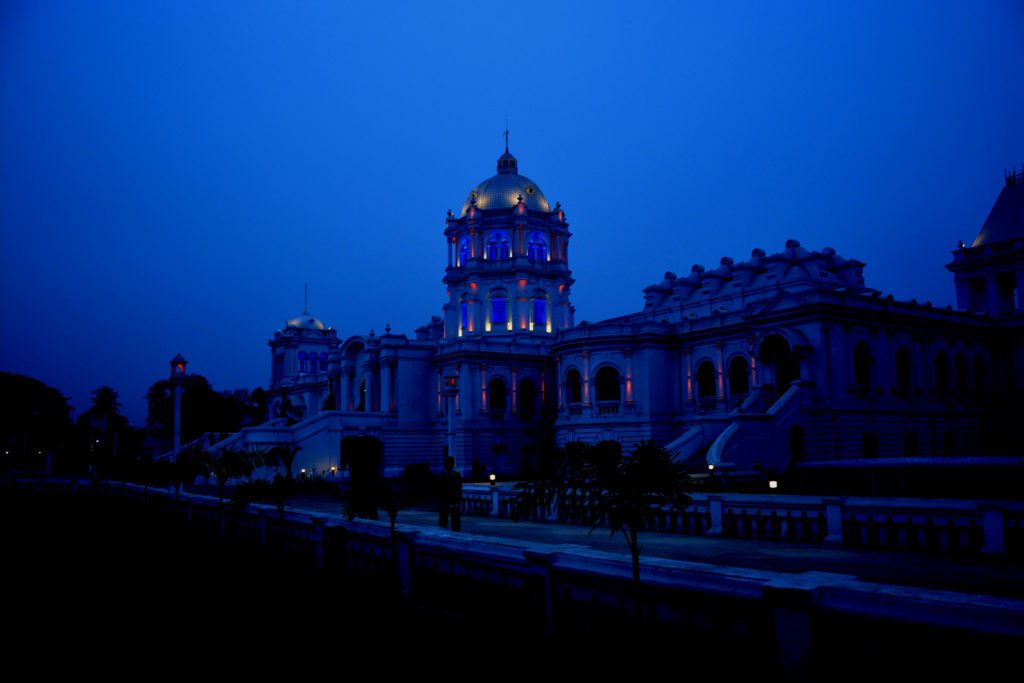
Image Source: roy m (Flickr)
22. Gurudongmar Lake (Sikkim)
Where the Middle Himalayas disappear and the expansive cold desert of the Greater Himalayas take over, as one travels northwards in Sikkim a beautiful glacier fed lake lies perched amidst the harsh terrain. This is one of the world’s highest lakes and is called Gurudongmar Lake. This picturesque lake which should freeze completely at least in the harsh winter of the Himalayas has a small part which has not frozen for centuries. Legend has it that Guru Padmasambhava the founder of Tibetan Buddhism also known as Guru Rinpoche after whom the lake was named visited the lake in the 8th century. The lake remained frozen most of the year with no possibility of providing for drinking water needs, the people of the area appealed to Guru Padmasambhava to help them. The guru agreed to help them and placed his hands on a small part of the lake area which stopped freezing even during winters thus facilitating a source of drinking water to the people. Since then the lake has been considered sacred and devotees carry this sacred water in containers.
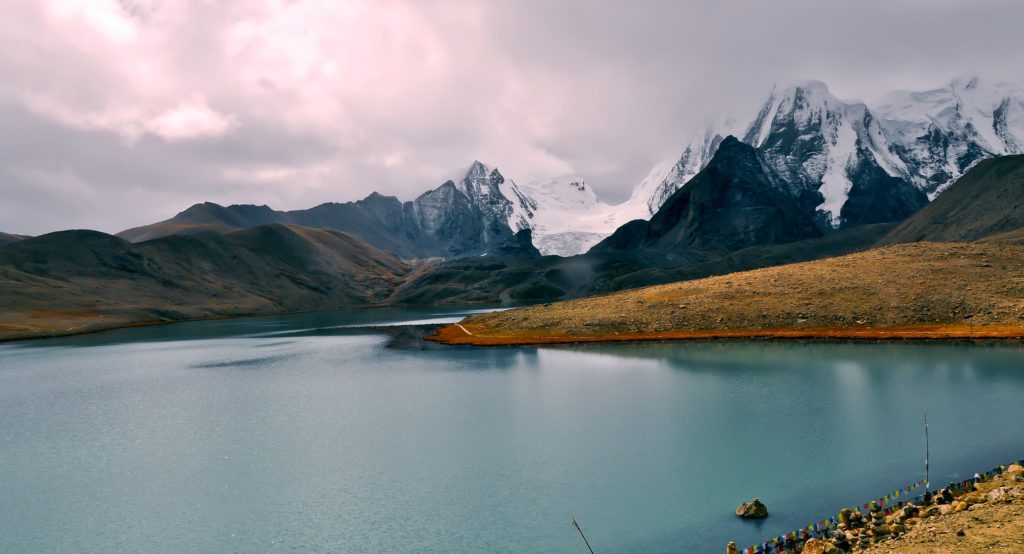
Image Source: abbas403 (Flickr)
23. Dzongri La (Sikkim)
Situated on the western border of Sikkim is the town of pristine town of Dzongri, this is a place which is best visited on a trek beginning in the town of Yuksam. The trek culminates in the base camp of Mt Kanchendzonga, the 3 rd highest peak in the world. The best time to visit the place is in the months of April and late September and early October. The base camp has the most stunning view of Mt. Kanchendzonga, the only place from where one can see the majestic mountain in all its grandeur.
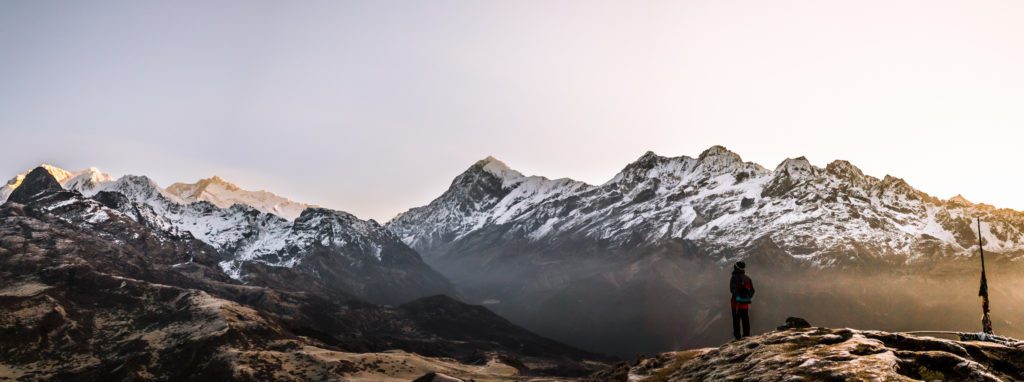
Image Source: Abhishek Verma (Flickr)
24. Yumthang Valley (Sikkim)
A picturesque alpine valley in the North district of Sikkim, Yumthang encapsulates the beauty of the Himalayas in its truest sense. The alpine vegetation and Rhododendron covered valley is best visited in spring when the flowers are in full bloom, at par with the Valley of Flowers in Uttrakhand and Nubra Valley in Ladakh, Yumthang is a place one can laze around and have a great vacation at. It is considered as one of the most scenic and beautiful places in the entire state. It captures the hearts of every visitor with its beauty and the humility of the Sikkimese people living in the valley. This place though last in this list should be first in the travel lists of every nature aficionado.
![]() Image Source: symanbiswas (Flickr)
Image Source: symanbiswas (Flickr)
25. Gangtok (Sikkim)
The capital city of Sikkim is one of the fastest growing hill towns in the entire northeast. It boasts a majestic hillside and ridge with the old Sikkimese Palace (Tsuklakhang) perched at the top of the hill. Gangtok offers stunning views of the Khanchendzonga and the other peaks of the range. The town is known for the amazing marketplace (MG Marg) which does not allow vehicles and is paved with concrete tiles. The street lamps along MG Marg have all-weather speakers installed which play soothing local and international music all day. This town is truly a leisure paradise.
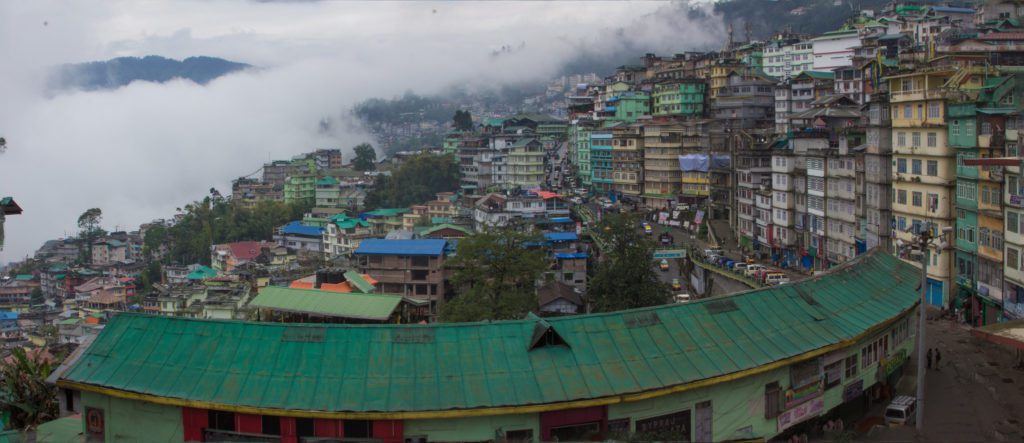
Image Source: Ananya & Chinmay (Flickr)
26. Tsomgo lake / Nathu La Pass (Sikkim)
The historic lake at Tsomgo is one of the holiest lakes in Sikkim an is revered by the locals. it is about 45 km from the capital town of Gangtok and is one of the Silk Routcheckpointsts where traders from Tibet, China and India meet and carry about with their business. The Nathu La pass is located about 17 km away from the lake and it is a restricted area. On 50 vehicles are allowed to drive to Nathu La border, and if you wish to visit the border at Nathu La then you must take permission from the state tourism department.
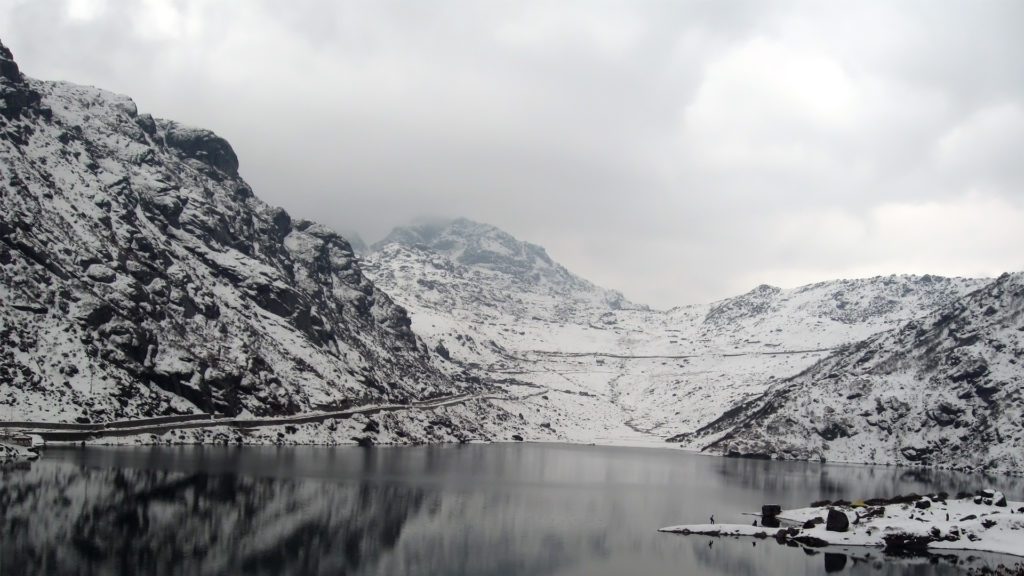
Image Source: Tsomgo Lake (Flickr)
27. Zuluk (Sikkim)
The ancient Silk Route’s pride, Zuluk Loops in east Sikkim is one of the most stunning roads in the world. With countless hairpin bends and lush hillsides are marvelous and words can never capture the beauty and grandeur of this place, you will have to experience it yourself.
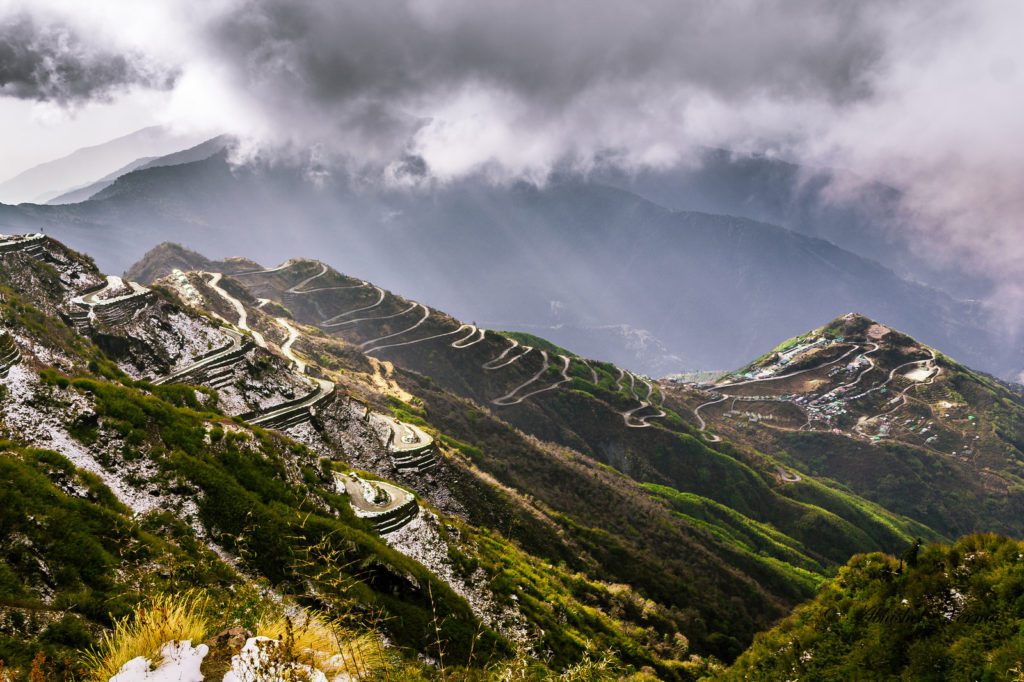
Image Source: Abhishek Verma (Flickr)
These are only some of the places that are worth visiting in the Seven Sisters and Sikkim. Each of the 8 North Eastern states has a plethora of tourist destinations to choose from, we suggest you take time to visit each state one by one, starting from Arunachal Pradesh and culminating in Sikkim. Hope you enjoyed reading this list; tell us what you think in the comments section below!


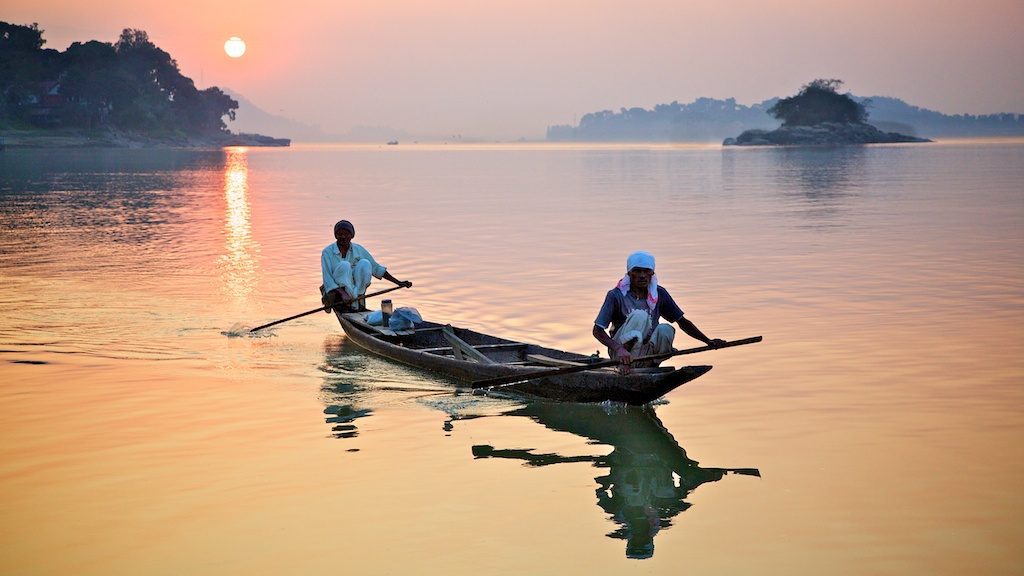
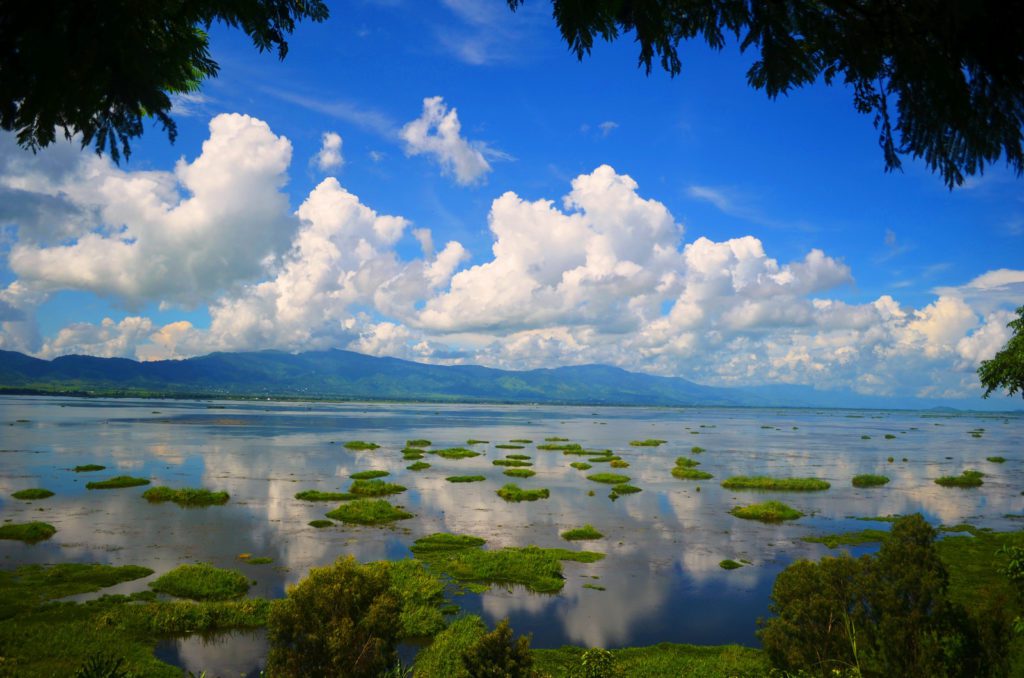
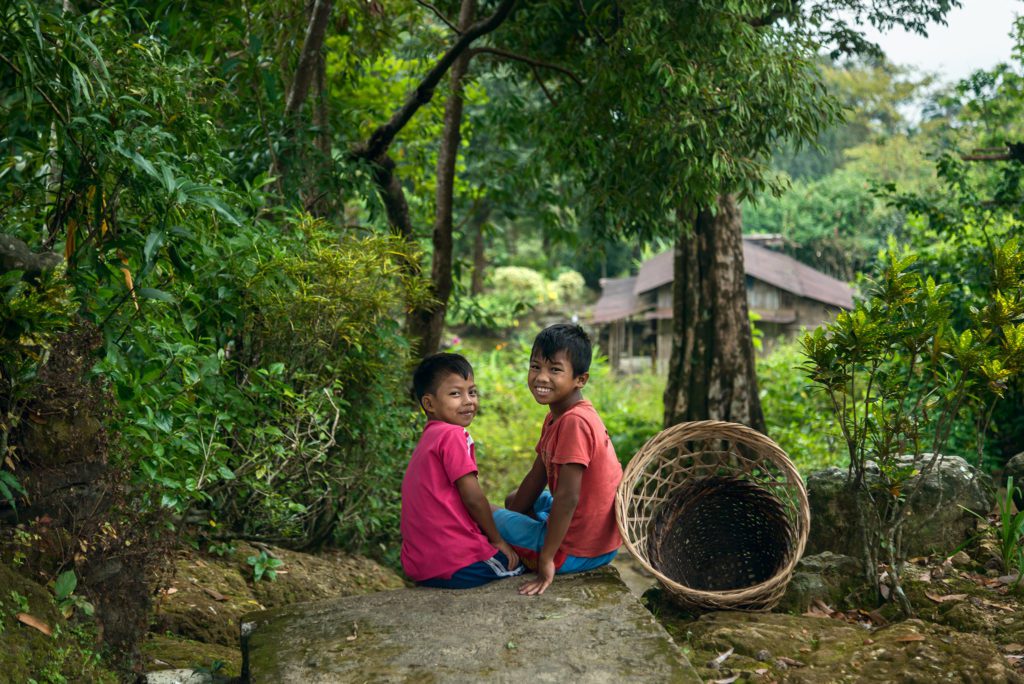
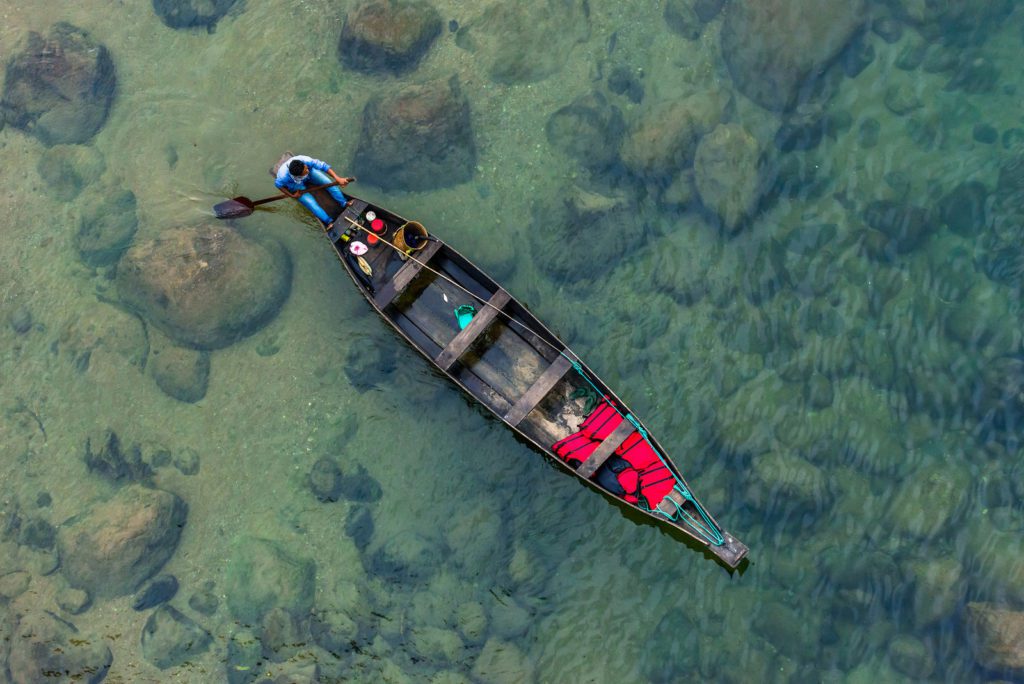
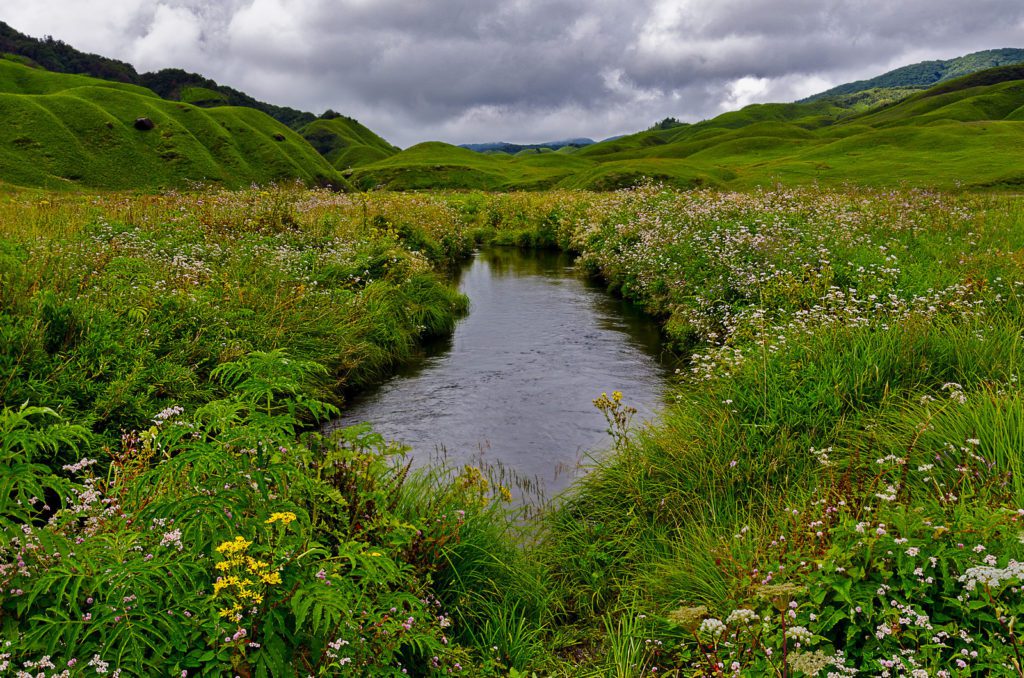
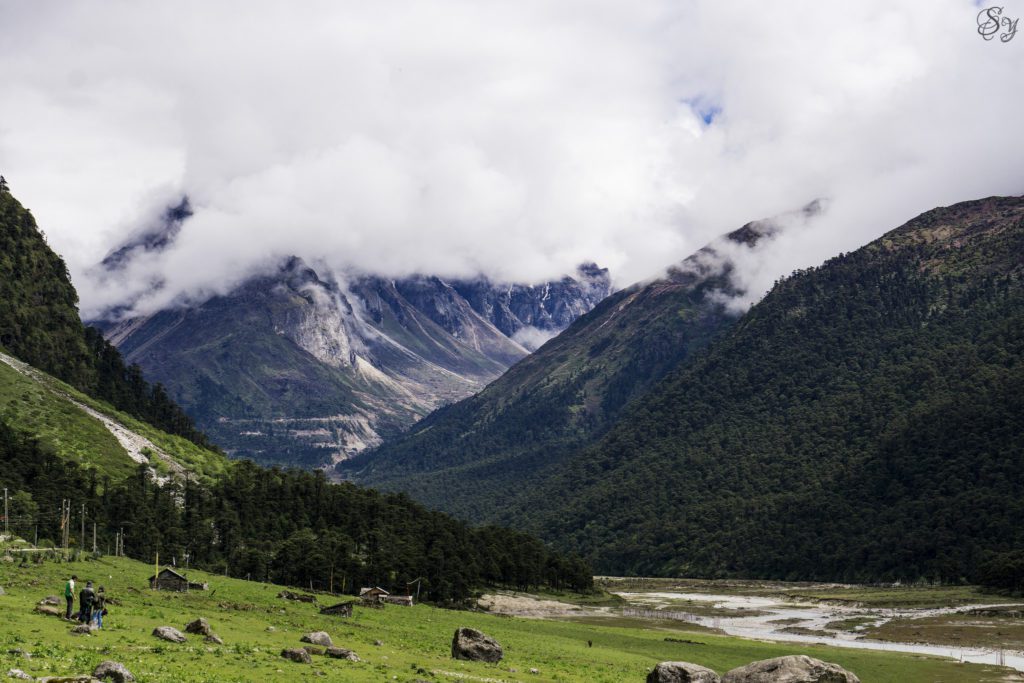 Image Source:
Image Source: